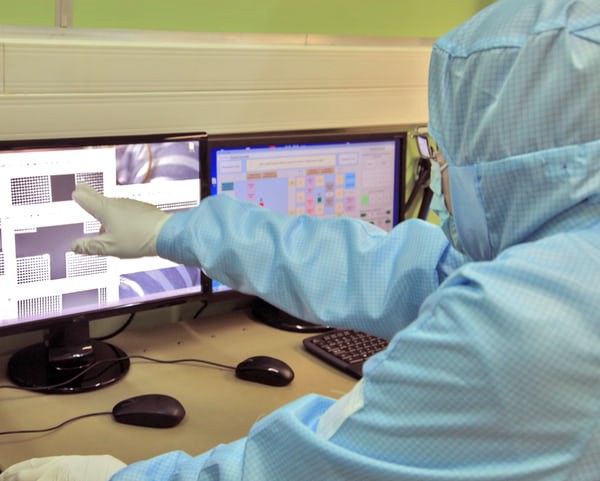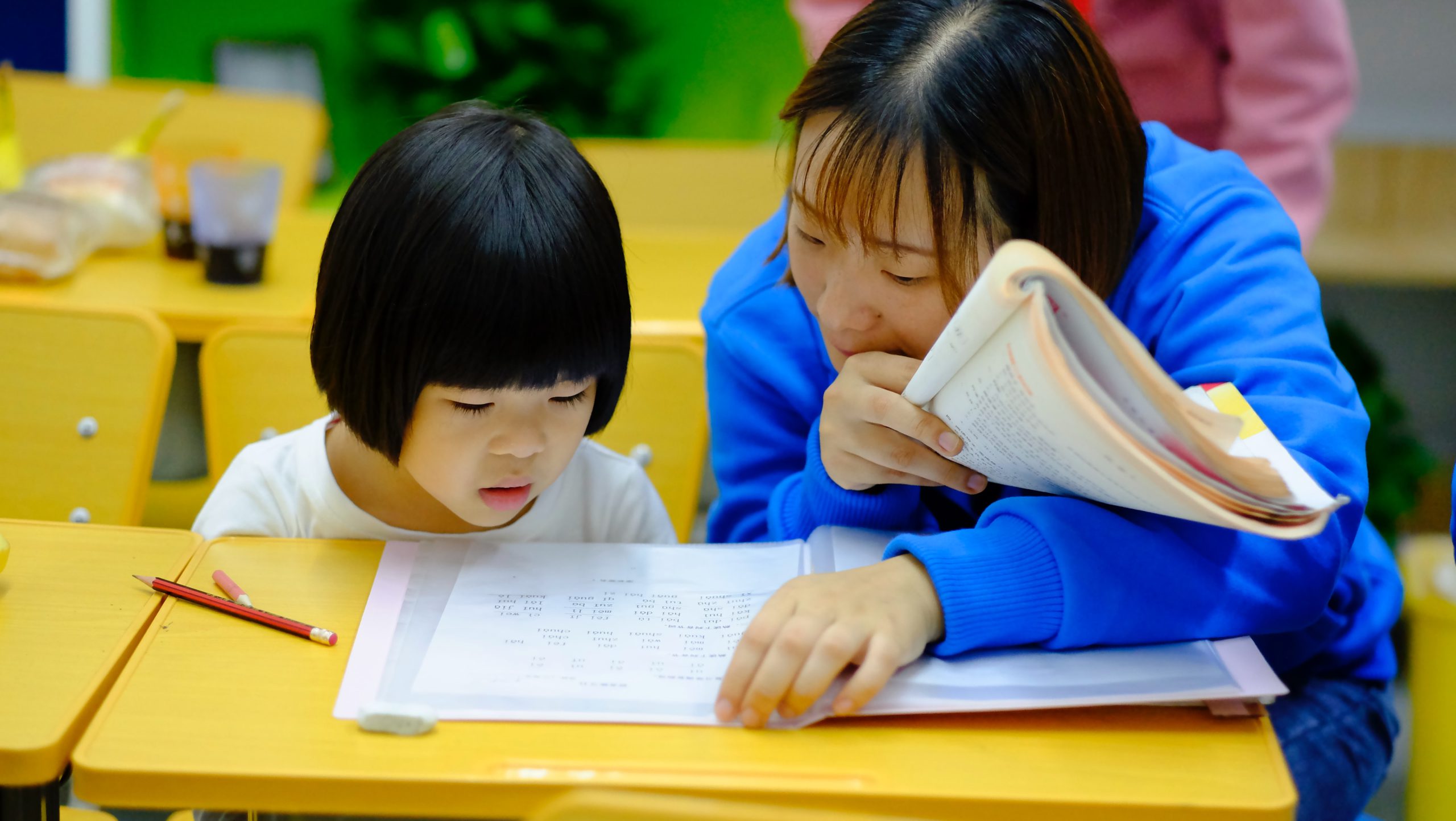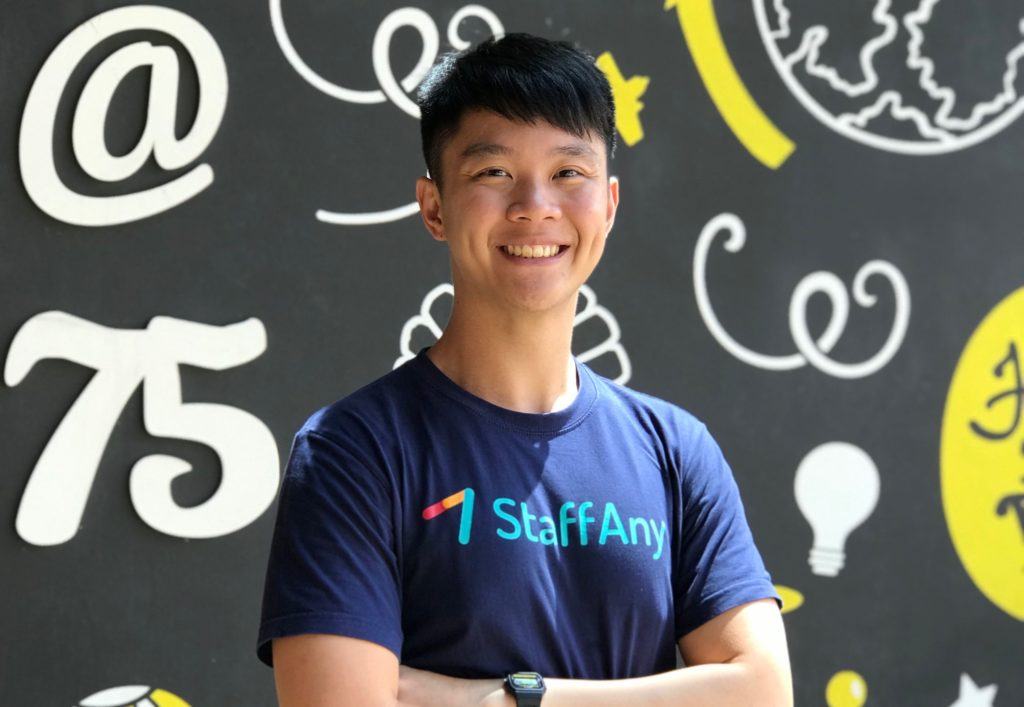Much of the world is struggling with deepening political division, economic inequality and ethno-religious tensions. The growth of the Black Lives Matter movement – the largest movement in US history, and closer to home, the Milk Tea Alliance, are a number of global movements that have risen in response to the growing unrest and dis-satisfaction faced by the general public across the world.
Over in the borderless digital realm, some argue that these rifts will only be exacerbated by the technologies that connect us. Recent trends seem to agree with their claim. From popular opinion that social media is a misinformation haven that threatens to undermine society to sophisticated tools of digital manipulation like “Deepfakes”, the odds of misinformation increase as we transition towards digital societies.
This is compounded by the fact that it is intertwined with existing global socioeconomic realities. In finance for example, most of the global unbanked are individuals living in developing economies in the Global South, and there is debate over whether cashless payments are more inclusive or exclusive. The rise of the “sharing economy” has also generated considerable backlash, with fears of a rentier economy taking shape even here in Singapore as more people turn to renting things instead of owning them due to tightening personal finances.
How technology divides us doesn’t stop there either. There’s the whole question of the haves and have-nots: people who are tech-savvy and easily adopt new technologies, versus people who do not understand how they work or are denied access to them, inadvertently or otherwise.
The idea that technology only serves to divide society can be hard to dispel, but we should also remember all technology are just tools. Tools that, when in the right hands, can help us embrace a shared future in tomorrow’s digital societies.
Here are some ways in which communities can embrace one shared future in a digital society:
1. Ample efforts are made to get everyone to participate in a digital society.
Before addressing how technology can bridge communities in a digital society, we should think about how technologies can connect everyone to the digital sphere first. According to Singapore’s Ministry of Communication and Information, digital readiness involves “providing access to digital connectivity and devices in a widespread, affordable manner”. It also requires that participants in digital society are “information, media and cyber-literate”.
This carries two implications. One, that new technology that enables people to be part of a digital society should not be cost-prohibitive and designed in consideration for various constraints that confront society as a whole. Two, that people also need to be educated on how to use these technologies independently and safely, and at the same time be cautioned on propagating toxic behaviours like doxxing and online vigilantism.
2. Technologies are designed with society and not just the consumer in mind.
The effects of privatizing public services in some countries decades ago are still keenly felt today. When public functions fall into private hands, essential services like healthcare and disaster relief may become prohibitively expensive and are only delivered to those who can afford them.
The same shadow lingers over technology’s role in influencing and transforming digital society. Companies designing these technologies should consult various stakeholders in society via focus groups and interviews. They should be as diverse as possible when doing so. This is especially true for AI, where the lack of diversity has the entire industry facing “a moment of reckoning”. Human bias and prejudices do not obscure themselves in a digital environment. They are simply recreated, more so implicitly, and potentially amplified under the façade of statistical objectivity.
3. Technologies broaden and enrich our conversations.
On social media, there has been a huge uproar over political advertising, particularly in light off Facebook’s refusal to ban such ads. The trend towards personalized content has also been criticized for fostering “filter bubbles” that enmesh people in a world where only posts that reaffirm their beliefs are shown.But technology can also widen our horizons and create spaces to talk about things in a freer, less restrictive space. Some EdTech providers like Kialo Edu have learning systems that facilitate debates in a collaborative rather than competitive manner, and other technologies also enable physically and mentally disabled people to participate in society.
In Singapore, youths have taken to the Telegram chat app to set up “Open Jio”, a group that promotes volunteerism and social participation in the country. Technology has also been used to promote awareness of Singapore’s sociocultural issues, just as social enterprise Geylang Adventures has done; in the case of Mind Palace, technology in the form of virtual reality is also used to empower the elderly to connect with others even within the confines of nursing homes.All this goes to show that technology can strengthen social cohesion by not only adding depth to our conversations, but also making sure nobody gets left behind in the process.
4. Their beliefs and practices can be preserved and enhanced by technology.
Progress is often characterized as the enemy of tradition, but that should not be taken for granted. Technology can synergise both ends of the spectrum to redefine traditions without consigning them to the dustbin of society.
Gyosen Asakura’s audacious fusion of display lighting, disco beats and buddhist chants in Japan’s Fukui prefecture is one such example. By combining the new and the old, Asakura’s work has brought together different generations, all of whom thoroughly enjoy his spectacular light shows.
Laser-cut pop-up cards by Lovepop also prove this point. Inspired by pop-up cards sold by artisans in the markets of Vietnam, founders John Wise and Wombi Rose took a traditional craft and enhanced it by making pop-up cards that feature more sophisticated and refined designs that traditional methods would have found difficult, if not impossible, to achieve.
Technology not only has the potential to not only blend the old and the new but also bring ethnically diverse communities together as well.
We’ve already seen this happen in Singapore with the 2011 “Curry Dispute”, which culminated in the popular “Cook and Share a Pot of Curry” movement. This whole conversation on race and immigration in Singapore could not have gained traction if not for Youtube (where the controversial video was posted) and Facebook (where the movement was first announced).
Technology has also been used to accentuate cultural festivities like the annual River Hongbao, Geylang Serai Ramadan Bazaar and Deepavali light up at Little India. The use of interactive storytelling with digital environments enliven the festive atmosphere and connect age-old cultural practices with people from all walks of life.
Whither stewards of a digital society?
So it’s clear that technology can connect communities and get everyone onboard a shared vision of tomorrow. What we should do next is to place them in the hands of responsible innovators who can not only envision, but realize a socially cohesive digital society.
That’s exactly what is happening next month with the inaugural Mission:Unite Hackathon. Organised by the Ministry of Culture, Community and Youth (MCCY) in partnership with StartupX, the Mission: Unite Hackathon aims to bring together individuals of all ages, backgrounds and religions to take action in connecting people across diverse racial and religious backgrounds.
Mission:Unite will also see interfaith champions and society stewards come together to share their thoughts with participants. This hackathon is just the starting point, as the real goal is to have these ideas implemented within society, with up to $300,000 in grant funding available to help these ideas get off the ground and take shape.
Bridging a digital society will take time and effort – Mission: Unite will provide a powerful launchpad to get inclusive ideas off the ground fast.
How will technology be used to build a socially cohesive digital society? We can’t wait to find out.








